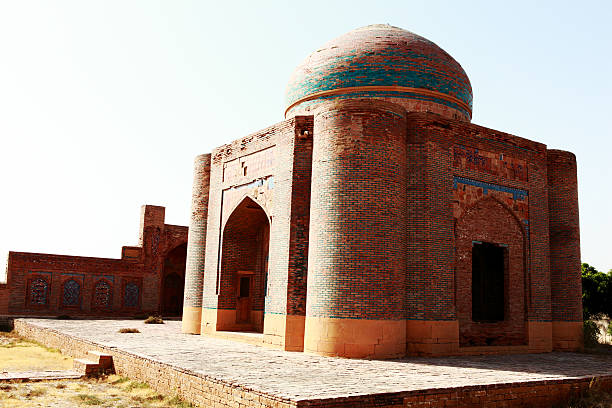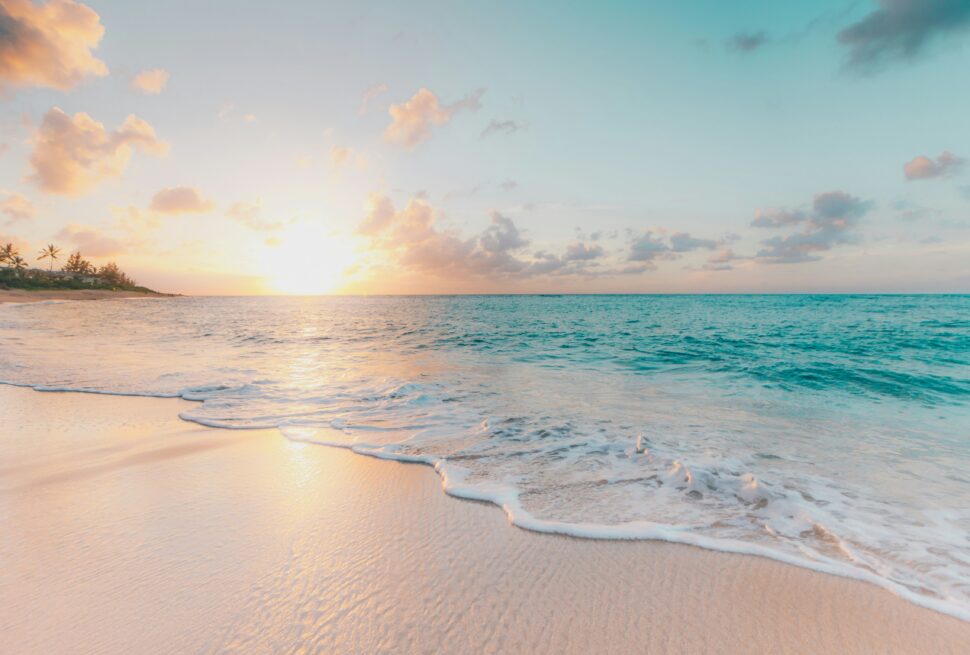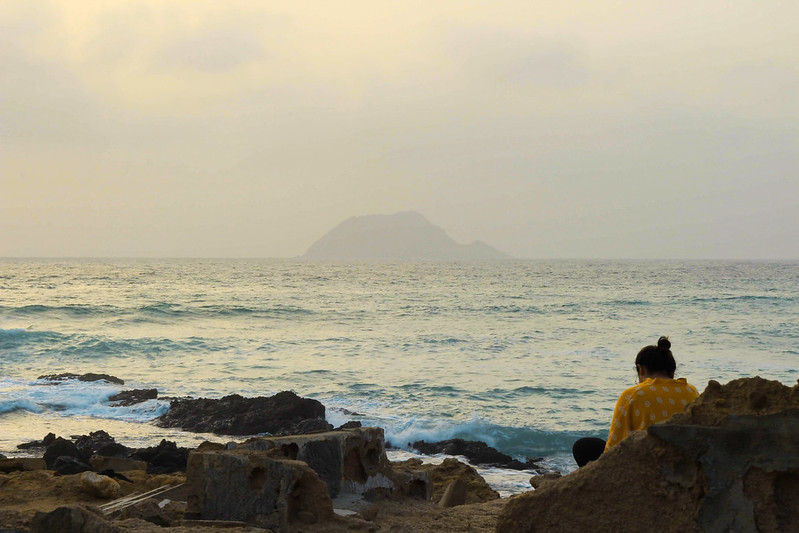In the heart of Sindh, the Indus River tells ancient stories. Nearby, Manchar Lake shines like a mirror, reflecting the sky. This lake is not just water; it is a living blend of nature and culture. As the largest freshwater lake in Pakistan, Manchar Lake supports life in many ways. Every year, flocks of migratory birds fill the horizon. Around the lake, stilted villages seem to float like dreams. The Mohana people, who live here, sing songs of strength and survival. For travelers, Manchar Lake is a place of pure, untouched beauty. It shows how humans and nature can live together in balance. If you visit, you will see a world where life moves slowly and peacefully. This place is a rare gem, waiting to be explored
A Lake Steeped in History and Geography
History: British Engineering vs. Old Legends
The creation of Manchar Lake is a story told in two ways: one tied to colonial history and the other to ancient legends.
Colonial-Era Construction:
During the 1930s, the British built an irrigation system to improve farming in Sindh. They constructed the Aral Wah and Danister Canal to bring water from the Indus River into what is now Manchar Lake. Originally, the lake was meant to store water for droughts and farming. Over time, seasonal rains and river water made the lake grow. Today, it is a key source of freshwater for nearby communities.
Indus Valley Civilization Connections:
On the other hand, local folklore tells a different story. The Mohana people, who are traditional fisherfolk, believe the lake existed long before recorded history. They link it to the Indus Valley Civilization (3300–1300 BCE). According to them, the lake was once part of a larger water network that supported ancient cities like Mohenjo-Daro. Though there is little archaeological proof, their stories speak of river gods and hidden underwater towns. These tales highlight the lake’s deep spiritual and cultural significance.
Location: A River of Life in the Desert
Manchar Lake sits near the Kirthar Mountain Range, where dry desert plains meet rich wetlands. Its geography is shaped by two main features: water sources and seasonal changes.
Water Sources:
The lake gets most of its water from the Aral Wah, a canal connected to the Indus River, and the Danister Canal, which brings floodwaters from the Nai Gaj stream. During the monsoon season (July to September), heavy rains and melting snow from the Himalayas cause the Indus River to rise. This overflow fills the lake, keeping it alive and thriving.
Seasonal Transformations:
In the monsoon season, from July to September, the lake grows much larger. It floods nearby marshes, turning the area into a green, vibrant oasis. During this time, rice fields and lotus flowers flourish, and aquatic animals like freshwater turtles and fish thrive.
In the dry season, by winter, the water level drops. The lake shrinks, leaving behind muddy areas. These mudflats become feeding spots for migratory birds. Meanwhile, farmers use the fertile land around the lake to grow wheat and vegetables.
Water Problems: A Fragile Balance
Manchar Lake’s size and health depend heavily on the Indus River’s flow. However, modern infrastructure has disrupted this natural connection. Dams like the Sukkur Barrage, built in 1932, and the Kotri Barrage, built in 1955, control water for farming. While these dams help agriculture, they reduce the amount of water that naturally reaches the lake.
Adding to the problem, climate change has caused more frequent and severe droughts. As a result, the lake has been shrinking at an alarming rate. In some dry years, its area has fallen to less than 50 square kilometers. This shrinkage threatens the lake’s ecosystems and the livelihoods of people who depend on it.
Cultural and Spiritual Significance
For the people of Sindh, Manchar Lake is not just a body of water—it is a symbol of strength and identity.
The Mohana People:
The Mohana, often called the “gypsies of the lake,” have lived on its waters for generations. They build floating homes using bamboo, reeds, and wooden planks. Their lives center around fishing, which they do using traditional nets and small boats called “hollows.” Additionally, they create beautiful reed mats and baskets, a skill passed down through centuries.
Spiritual Heritage:
The shores of Manchar Lake are home to Sufi shrines and Hindu temples, showcasing Sindh’s blended culture. Many locals believe the lake’s waters have healing powers. Every year, festivals like the Urs of Lal Shahbaz Qalandar attract pilgrims. These visitors come to show their devotion and also to experience the lake’s beauty.
Nature's Meeting Point: Connecting Past and Present
Manchar Lake’s history and geography reflect the environmental and cultural changes of Sindh. While colonial engineering shaped its structure, ancient traditions and natural forces continue to define its character. Today, the lake stands at a crucial point. It must balance the needs of people with the need to protect its environment.
Efforts like the Rehabilitation of Manchar Lake Project aim to restore the lake. The goal is to bring back its role as a haven for wildlife, a source of water for farmers, and a living symbol of Sindhi culture.
For visitors, understanding the lake’s rich history and culture makes the experience more meaningful. A trip to Manchar Lake is not just about enjoying its beauty. It is also a journey through time, where every wave on the water carries a story.
A Safe Home for Traveling Birds
Between November and March, Manchar Lake transforms into a lively hub for migratory birds. During these months, over 50,000 birds—such as pintails, flamingos, pelicans, and herons—travel from Siberia, Central Asia, and Europe to escape the harsh winter cold. For these birds, the lake serves as a warm and welcoming refuge.
Ornithologists consider Manchar Lake a vital stop on the Indus Flyway, a major migratory route that rivals Africa’s famous Serengeti. This makes the lake a globally significant site for bird migration. Birdwatchers visiting the area can hire local fishermen to take them on small boats through the lake’s narrow channels. As they glide through the water, they are surrounded by the sounds of flapping wings and bird calls, creating a natural symphony that leaves a lasting impression.
The Floating Villages of the Mohana People
A Life Built on Water
The Mohana are a semi-nomadic community whose lives revolve around the lake’s bounty. Fishing is not just their livelihood; it is the cornerstone of their culture. Using traditional techniques passed down through generations, they cast their nets into the lake’s waters to catch karli, prawns, and catfish, which are staples of their diet and a source of income. The men often venture out in small wooden boats, called “hollows,” at dawn, returning by midday with their catch. Women, meanwhile, play a crucial role in cleaning, drying, and selling the fish, often bartering at the lake’s floating markets.
But the Mohana are not just fishermen—they are also master craftsmen. The reeds and bamboo that grow abundantly around the lake are transformed into intricate reed mats, baskets, and even furniture. These handicrafts are not only practical but also works of art, showcasing the community’s creativity and resourcefulness. Visitors to the floating villages are often welcomed with these handmade items as tokens of hospitality, alongside steaming cups of sulaimani chai, a spiced tea that warms the soul and invites conversation.
A Culture Steeped in Stories and Traditions
The Mohana are storytellers at heart, and their lives are interwoven with folktales and legends that have been passed down orally for generations. Many of these stories revolve around river deities and spirits believed to inhabit the lake. One popular tale speaks of a mystical creature that guards the lake’s deepest waters, ensuring that only the most respectful fishermen are rewarded with a bountiful catch. These stories are not just entertainment; they are a way of preserving the community’s connection to the lake and its spiritual significance.
Music and dance also play a vital role in Mohana culture. During festivals and celebrations, the air is filled with the rhythmic beats of drums and the haunting melodies of traditional songs. These gatherings are a time for the community to come together, share stories, and celebrate their shared heritage. Visitors are often invited to join in the festivities, offering a rare glimpse into a way of life that has remained largely unchanged for centuries.
Cultural Treasures: Markets, Music, and Crafts
Every morning, the lake’s floating markets become lively and colorful. Fishermen actively trade their fresh catch for other goods. Meanwhile, women sell handwoven textiles and freshwater pearls, showcasing their skilled craftsmanship. Additionally, the festive spirit of the Mallah festivals fills the air with rhythmic drumbeats and Sufi hymns, creating an unforgettable cultural experience for everyone.For a deeper connection with the local way of life, you can join a fishing expedition using traditional nets. This activity provides insight into the long-standing fishing practices of the community. Furthermore, cooking palla fish, a cherished Sindhi delicacy, over a clay stove offers a delicious and authentic taste of the region’s culinary traditions.
The Lake’s Silent Crisis
Manchar Lake is currently facing serious threats that endanger its ecological balance and the livelihoods of the local communities. The lake suffers from industrial waste, agricultural runoff, and the invasion of non-native species, all of which have significantly harmed water quality. Additionally, prolonged droughts and the construction of upstream dams have reduced the lake’s size, making life even more difficult for those who depend on it.In response to these challenges, conservationists and NGOs are actively working to restore the lake. Their initiatives focus on promoting eco-tourism and sustainable fishing practices, which can help improve the lake’s health while also providing economic opportunities for residents. Responsible travelers can contribute to this effort by reducing plastic use and supporting local initiatives aimed at preserving this vital ecosystem.Recent reports highlight that the salinity levels in Manchar Lake have reached alarming levels of 4,000 PPM (parts per million), far exceeding the safe limit of 500 PPM. This high salinity poses a serious threat not only to aquatic life but also to the health of the local community, particularly the Mohana people who rely on the lake for drinking water. As pollution continues to rise, health issues such as hepatitis and tuberculosis have become more common among residents, especially affecting children and women.
Planning Your Journey
Hire a Local Guide
Why? The lake’s labyrinth of waterways and floating villages can be confusing to navigate. A Mohana guide will not only steer you safely but also share insider stories, folklore, and hidden spots.
Bonus: Guides often arrange homestays or boat rides, offering authentic cultural immersion.
Time Your Visit Perfectly
Best Months: November–February for migratory bird sightings and pleasant weather.
Avoid July–September: Monsoon floods can make access difficult and disrupt activities.
Golden Hours: Sunrise and sunset are magical—the lake glows, birds are active, and the light is ideal for photography.
Pack Smart
Cash: ATMs are scarce; carry small bills for handicrafts, tips, and boat rides.
Reusable Water Bottle: Avoid single-use plastics to reduce waste.
Sun Protection: Hat, sunscreen, and sunglasses—Sindh’s sun is intense!
Medications: Basic first-aid kit, anti-diarrheal tablets, and motion sickness pills (for boat rides)
Try Mohana Cuisine
Palla Fish: A Sindhi specialty, often grilled with spices.
Sulaimani Chai: Sip this spiced tea while listening to local tales.
Food Safety: Stick to freshly cooked meals and avoid raw salads (water contamination risk).
Stay Flexible
Transport: Roads to the lake can be rough—rent a 4×4 or hire a driver familiar with rural Sindh.
Accommodation: Options are basic. Homestays offer charm but no luxury—pack a sleeping bag liner for extra comfort.
Learn a Few Sindhi Phrases
“Salam” (Hello)
“Meherbani” (Thank you)
Fun Fact: The Mohana love sharing their language—ask them to teach you a word or two!
Prepare for Connectivity Challenges
No Signal: Mobile networks are spotty. Inform loved ones in advance and enjoy the digital detox!
Maps Offline: Download Google Maps of the area before leaving Karachi or Hyderabad.




